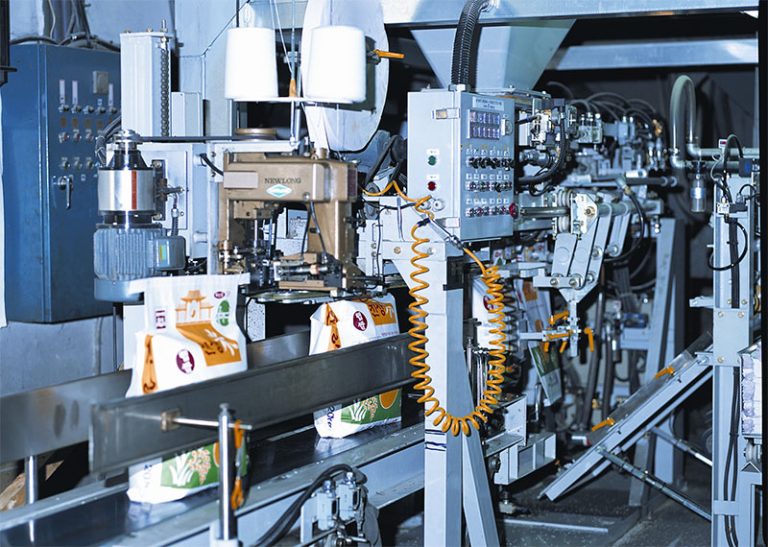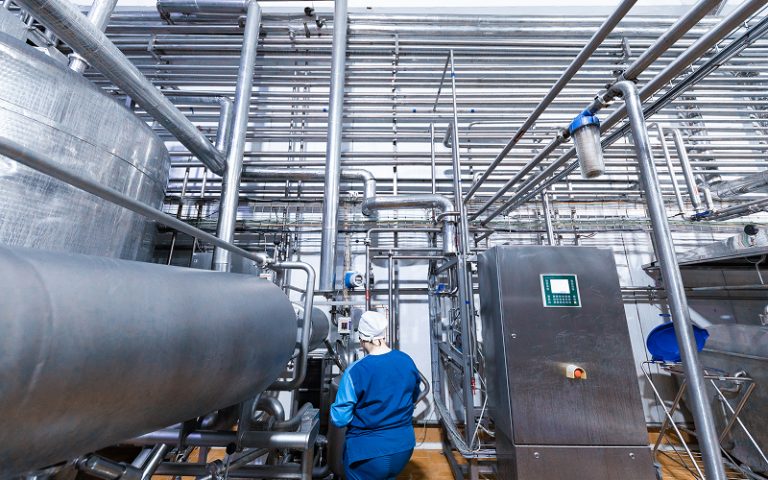Global manufacturing is evolving rapidly as investors and managers seek new ways to meet the emerging needs of the market. One of the common methods being adopted in most manufacturing units to respond to the changes is the just-in-time (JIT) production system. So, should you also adopt the philosophy in your plant? Here are the benefits to anticipate for adopting JIT in your manufacturing unit.
What is JIT System?
JIT production, also called lean manufacturing in some quarters, is a deviation from the traditional production technique of producing products in bulk and waiting for the clients to come and buy. Instead, JIT focuses on producing only the quantity that customers need. The strategy is used to help companies increase production efficiency and cut waste.
Benefits of Using Just-In-Time Strategy in Your Manufacturing Plant
For most manufacturing units, one of the primary goals is trying to cut costs while improving the quality of products. It is also the underlying goal for adopting JIT in most plants. Here are other benefits to anticipate.
- Preventing Overproduction
Because JIT production strategy involves producing only what the market needs, you eliminate the problem of overproduction. All the products are manufactured based on the market demand, meaning that you will never be stuck with excesses in a warehouse.
- Cutting Waste in Production
In manufacturing, producing in bulk and storing in warehouses often results in a lot of wastage. In most cases, some products get damaged while others never get to the market because of the changing customer demands. However, JIT production system ensures that you do not overproduce, implying that you can cut waste and costs in your production system.
- Reducing Capital Tied in Stock
In manufacturing, be it in food production or mining unit as explained here, a lot of money goes into buying and moving raw materials. If you produce in bulk, but the market absorbs your products slowly, there is a risk of suffering from cash-flow challenges because your money will be tied in stock.
JIT strategy addresses the problem by ensuring that only the materials to make the products on order are procured. Therefore, your capital will not be tied to piles of raw materials or stock in warehouses, and you will have resources for better marketing and product improvement.
If you want to grow your production system, develop more effective products, and win a bigger market share, JIT production strategy is one of the best ways to consider. The strategy allows you to operate more efficiently, cut production-related costs, make high-quality products, and impress your targeted clients.













